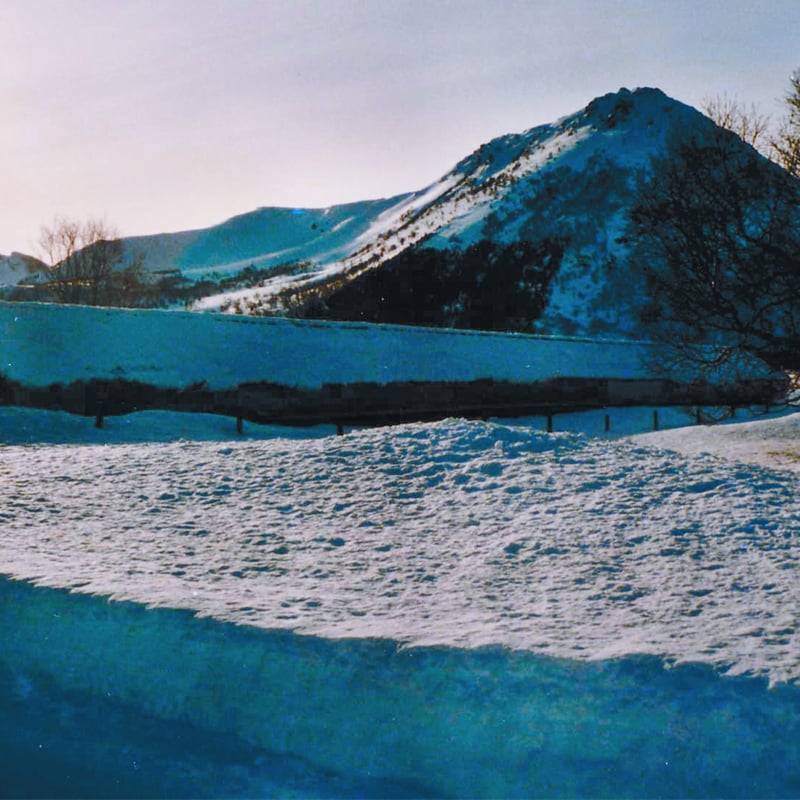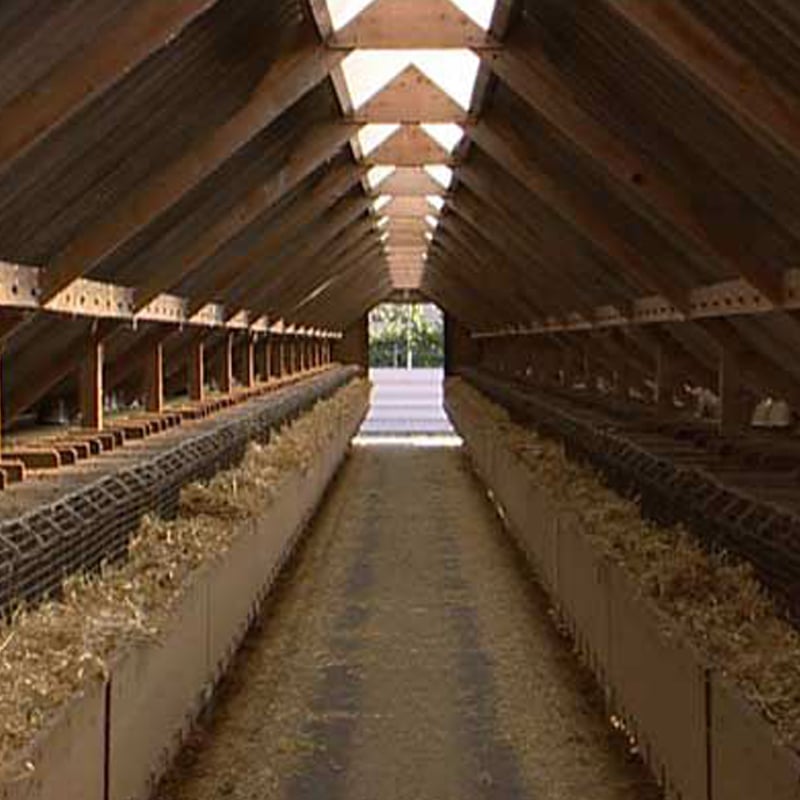Types of Wild Fur
Wild fur represents about 15-20% of the world’s trade in fur.
Many abundant wild fur species are used in the trade, but those in most common use are (in alphabetical order):
North American beaver (Castor canadensis); Coyote (Canis latrans); Ermine (Mustela erminea); Grey Fox (Urocyon cinereoargenteus and Pseudalopex griseus) and Red Fox (Vulpes vulpes); Kolinski (Mustela sibirica); Marten (Martes americana);
Mink (Mustela vison); Muskrat (Ondatra zibethica); Nutria (Myocastor coypus)(mainly from South and North America); New Zealand Opossum (Trichosurus vulpecula); Raccoon (Procyon lotor); Russian sable (Martes zibellina); Russian and Chinese squirrel (Sciurus vulgaris); and Chinese Weasel (Mustela nivalis).
wildlife management programmes
The majority of wild species used by the fur trade are not taken specifically for their fur but as part of wildlife management programmes, regulated by governments under the advice and supervision of wildlife biologists.
Fur-bearers will reproduce indefinitely if their habitat is viable, allowing a harvest of the surplus year after year without threatening the survival of the species.
An overpopulation of any species creates an ecological imbalance with widespread effects. Wildlife populations typically produce more offspring than the habitat can support on an annual basis. Without careful management, problems can occur see below:
Impact on animals: an increase in numbers puts a strain on the available food resource and can lead to stress and starvation.
Flooding: muskrats undermine dikes, as is the case in Belgium and Holland where trappers are paid by government to control numbers.
Land management: in the USA, studies by the New York State Department of Environmental Conservation have estimated that beaver dams cause in excess of $6 million in damages annually by flooding land, blocking drainage channels and by washing away roads, railways and bridges when dams fail. The USA as a whole costs beaver damage at $1.5 billion annually.
Disease and pest control: management prevents the build-up of diseases that can be transmitted to domestic animals and humans. Lyme disease, Giardia, round worms, mange, distemper and rabies are some examples of diseases carried by fur-bearers.
Provided they are carefully managed, fur-bearers can also bring benefits to other wildlife populations. For example, North American beaver dams can create an ideal habitat for many other species, rare and common. Regulation of the wolf population in Russia and Canada reduces damage caused to reindeer herders and helps to restore population of rare or endangered species. The IFF is a voting member of the INTERNATIONAL UNION FOR THE CONSERVATION OF NATURE (IUCN), which supports the fur industry’s “sustainable use of abundant species”.
SUPPORTING RURAL LIFESTYLES
Wild fur-bearing animals are a natural resource that has long provided food and clothing for man. Today, they are particularly important to those living in isolated and rural areas, enabling these communities to maintain a traditional lifestyle while earning cash income.
These people are everyday conservationists, acting as the eyes and ears of the wildlife habitat. They are often the first to identify and communicate any risk they see to the environment around them, such as disease, pollution or poorly planned development projects.
Some wild fur animals such as beaver and muskrat – also provide food for aboriginal and remote communities. Animals not used for food are returned to nature to feed other wildlife, so that nothing is wasted.
SUPPORT FOR THE WILD FUR TRADE
“The key to abundant wildlife in coastal Louisiana is habitat. If we protect and enhance these marshlands through management, including fur animal harvest, we can ensure these renewable resources for untold generations”.
-Greg Linscombe, biologist at the Louisiana Department of Wildlife and Fisheries
“Habitat conservation is the key to maintaining the viability of all wildlife populations and the ecosystems on which they depend. Unlike habitat destruction, regulated trapping is a sustainable use of wildlife resources, and does not, in any way, threaten the continued existence of any wildlife population”.
-Government Northeast Furbearer Resources Technical Committee
“Aboriginal people are a part of nature in a way that very few people have ever known. We have used the animals and fish, plants and water of the earth for generations. We are nurtured by this environment. Through our livelihood, we pass on our traditional skills and values to our children.
But there are human beings who have never seen this country, who wish to destroy our lives. These people have become so far removed from a natural environment that they desperately believe they should save our homeland from whatever threatens it. They do not see that they are the biggest threat.
Protecting and maintaining healthy populations of fur-bearing animals is more than a matter of social conscience for our people, it is a matter of our survival.”
-The Council for Yukon Indians.








